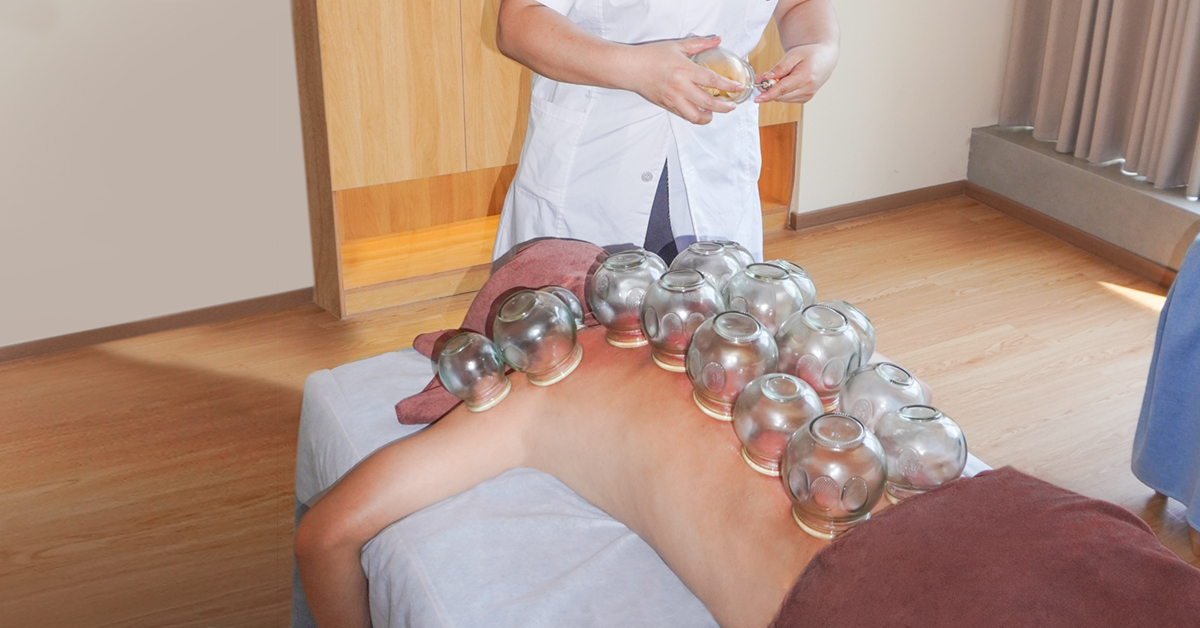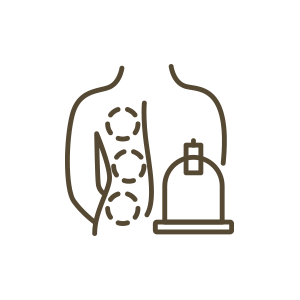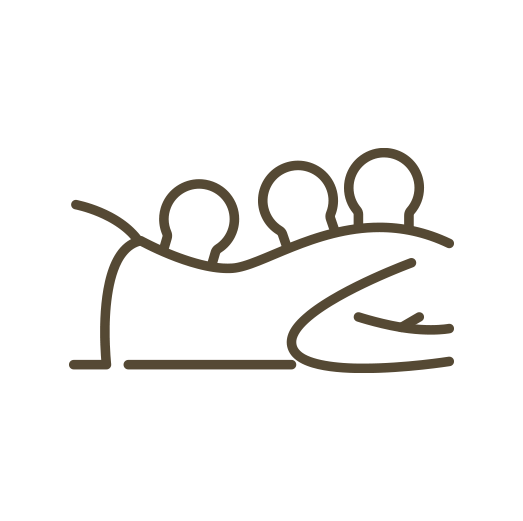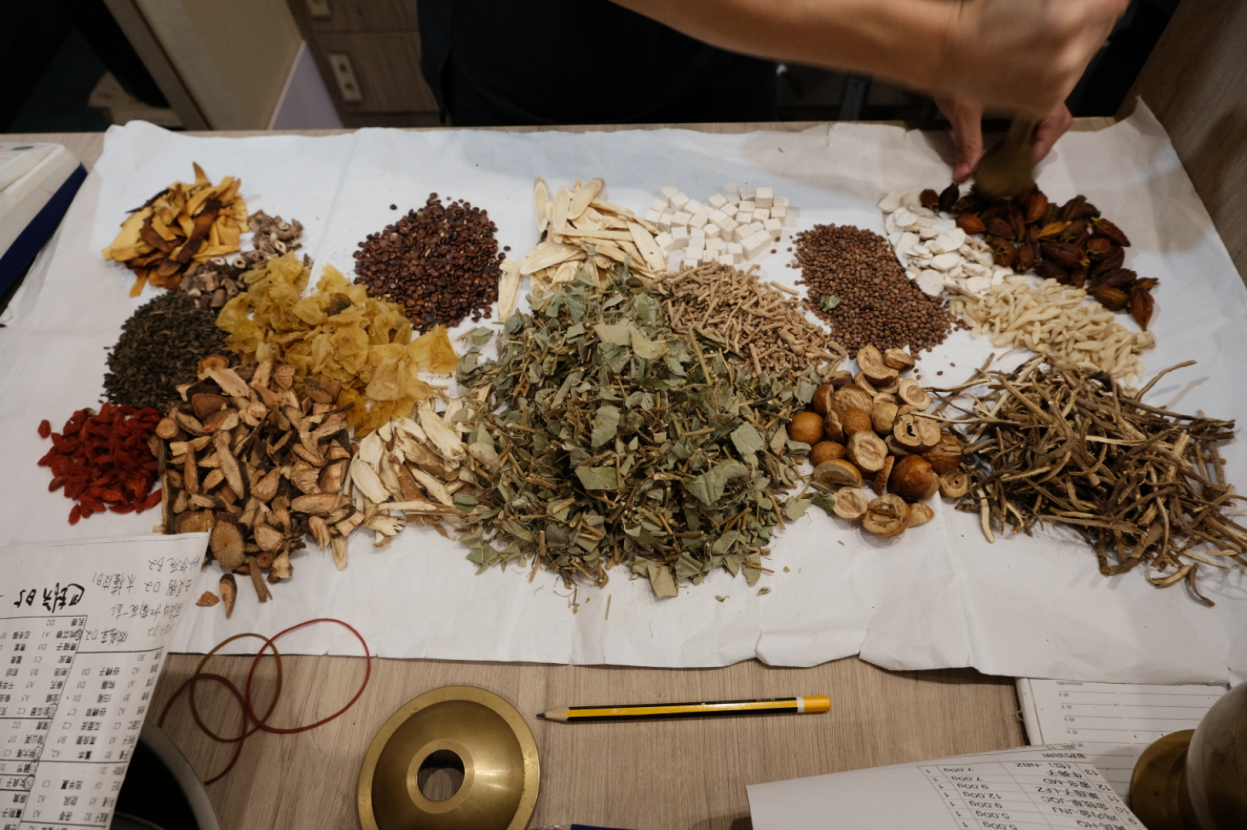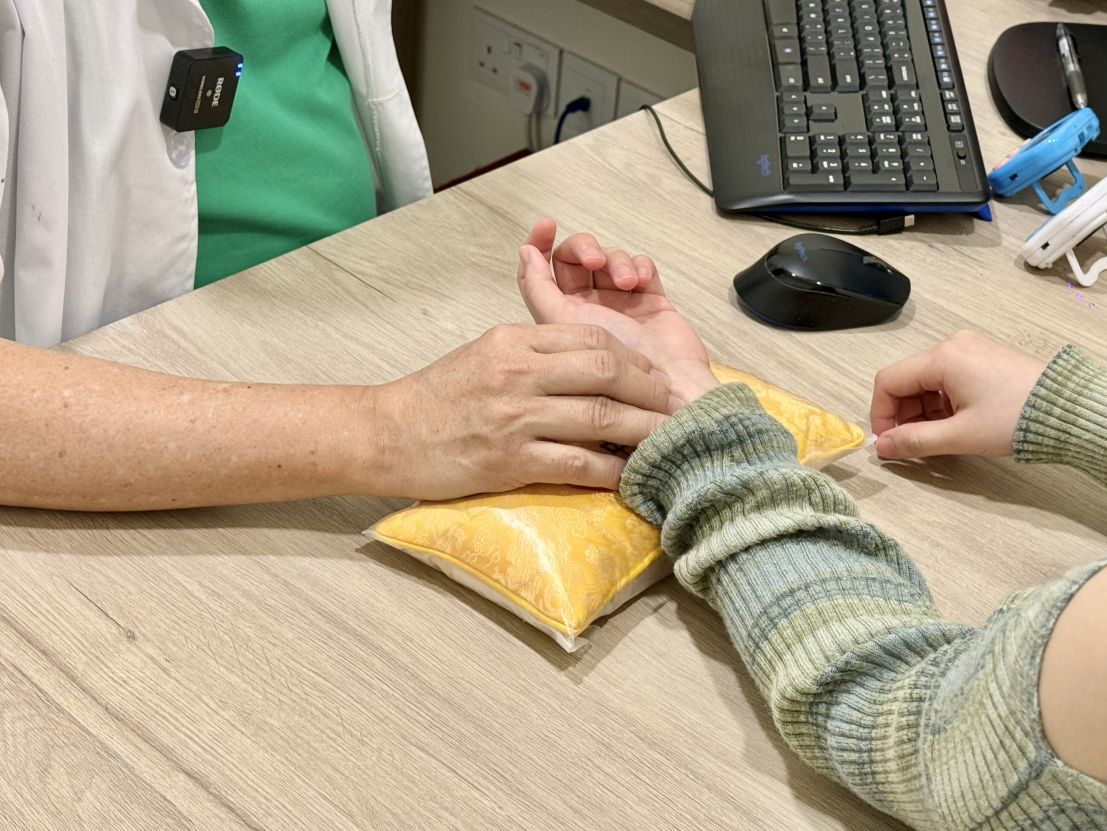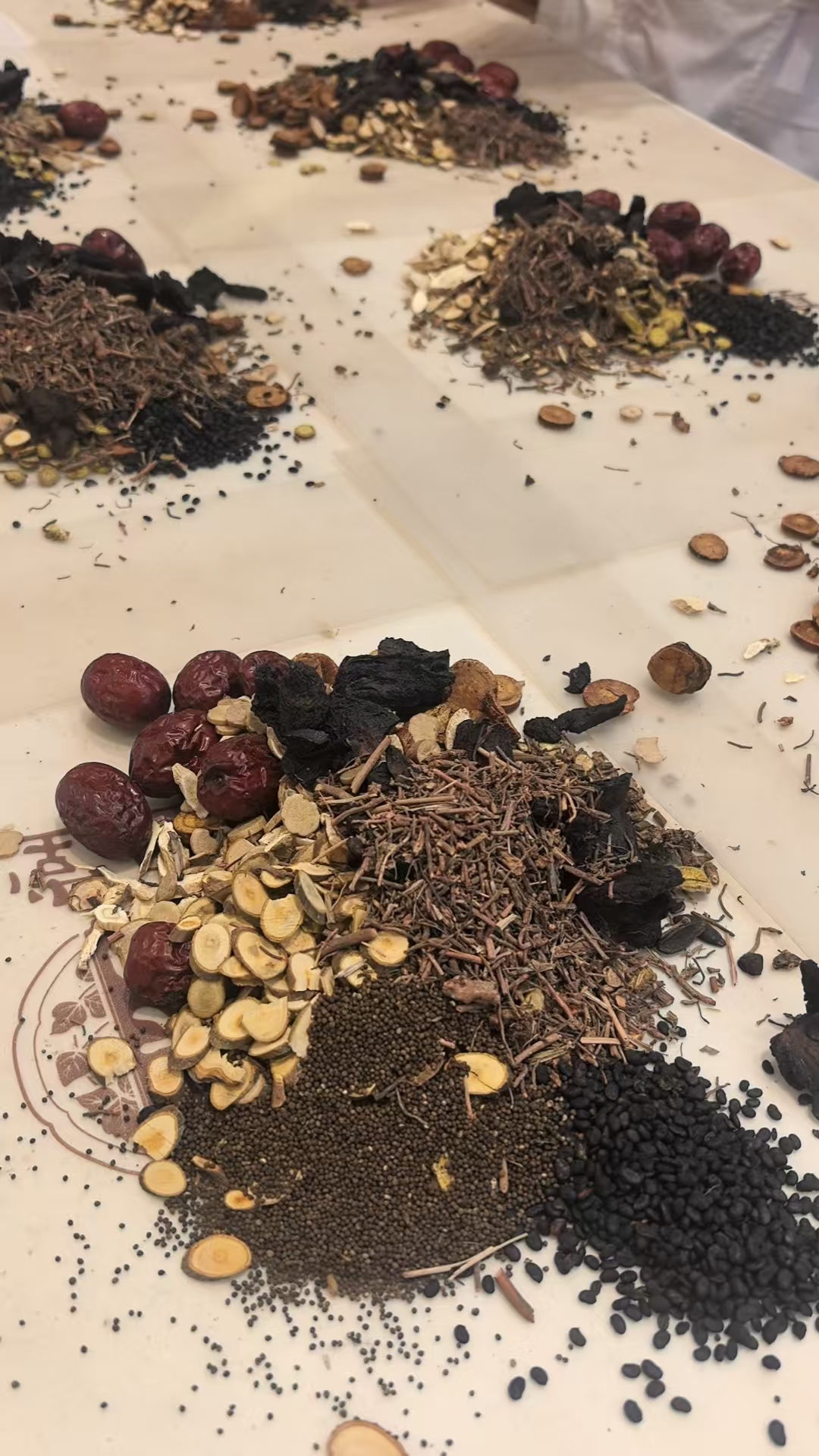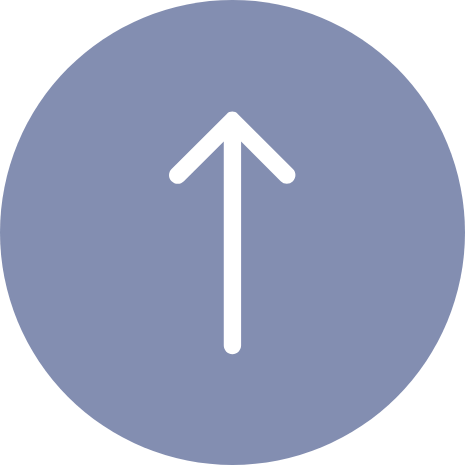The appearance of purplish-red, dark red, or bruise-like marks (cupping marks) after cupping is normal and reflects the state of qi and blood in the body—
Bright red color: Indicates localized heat syndrome or abundant qi and blood;
Purplish-dark color: Often caused by cold-damp stagnation or blood stasis;
Moisture or blisters: Commonly seen in individuals with damp-prone constitutions.
Marks typically fade naturally within 3-7 days, but may extend up to 10 days for those with cold-prone constitutions.
Absolute contraindications: Skin lesions, ulcers, severe allergies, high fever, convulsions, coagulation disorders (e.g., hemophilia);
Relative contraindications: Pregnant women (avoid lumbar, abdominal, and sacral areas), malignant tumors, severe cardiovascular and cerebrovascular diseases, children under 6 years old;
Local contraindications: Areas with large blood vessels (such as the carotid artery), bony prominences, and unhealed wounds.
Pain-related conditions: Cervical spondylosis, frozen shoulder, lumbar muscle strain, migraine;
Internal medicine 调理: Cold and cough, chronic fatigue, mild hypertension (requires 配合 medication);
Metabolic issues: Edema-type obesity (promotes 排水 through 祛湿), acne (detoxification).
Pure cupping has limited fat-reducing effects and requires combined dietary control, exercise, and constitution 调理.
Acute pain: Initially, it can be done every other day for 3-5 consecutive sessions;
Chronic conditioning: 1-2 times per week, with 4-6 weeks as one treatment course;
Health maintenance: 1-2 times per month is sufficient.
Before treatment: Avoid being on an empty stomach or overly full, and do not apply lotion to the treatment area.
Avoid bathing or exposure to cold wind for 4 hours to prevent cold-damp invasion; drink warm water to promote metabolism, refrain from consuming raw, cold, or spicy foods; do not scratch the cupping marks, gentle heat application can help accelerate dissipation.
They can work synergistically! Acupuncture + cupping: First, needles are used to unblock meridians, then cupping removes pathogenic factors (e.g., wind-cold common cold). Massage + cupping: After massage relaxes muscles, cupping further releases fascial adhesions (e.g., lumbar disc herniation). A combined treatment plan should be designed by a physician after evaluating the condition.
With standard practice, there is only a pulling sensation without severe pain. Professionals adjust suction based on body areas (e.g., the back tolerates stronger suction, while the face requires gentleness) and individual constitution. If burning pain, dizziness, or discomfort occurs, inform the practitioner immediately to stop the procedure.
Children: Those over 6 years old can receive moderate cupping (shorter retention time, lighter suction), commonly used for colds or indigestion; Elderly: Suitable for chronic pain management, but avoid areas with osteoporosis and control retention time to ≤8 minutes.
Cupping can effectively alleviate symptoms of depression and anxiety. By promoting blood circulation and relaxing muscles, cupping can help reduce mental stress, especially for patients undergoing psychotherapy, serving as an adjunct therapy to lessen anxiety.

